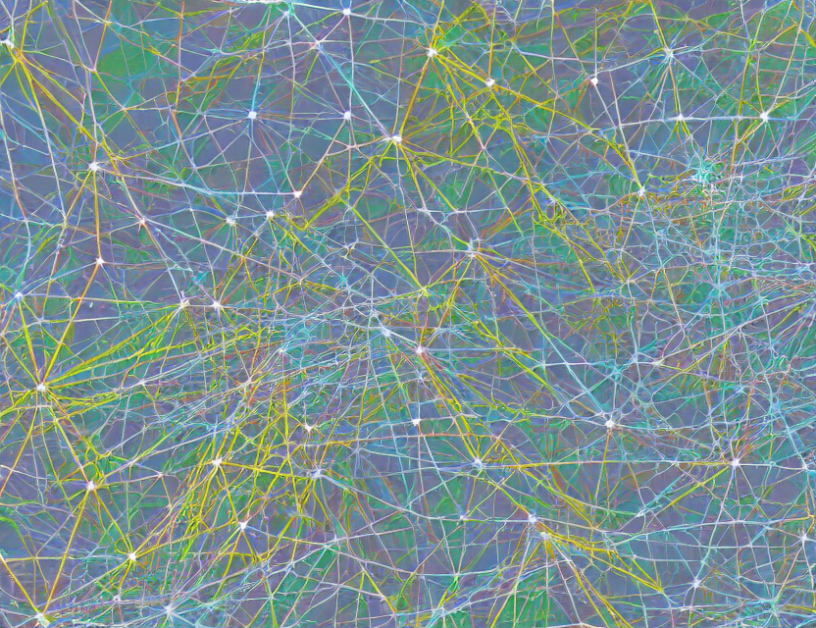In this article, we present a new technique for detecting rare events in X-ray diffraction data. Our approach leverages self-supervised image representation learning and clustering to transform massive data into compact, semantic-rich representations of visually salient characteristics. These characteristics can serve as rapid indicators of anomalous events such as changes in diffraction peak shapes.
Imagine you have a large box full of different colored balls, each representing a unique pattern in the X-ray diffraction data. Our technique is like a magic spell that condenses this complex data into just a few, distinct colors that represent the most important features. This allows us to quickly identify any irregularities or anomalies in the data, much like how you can spot a single red ball among many other colored balls more easily than trying to find every red ball individually.
The process involves three stages: data preparation, model training, and event detection. First, we clean and normalize the data to prepare it for modeling. Then, we train a deep learning model on a "normal" dataset to learn typical patterns in the data. Finally, we use this trained model to evaluate new data and identify any deviations from these learned patterns, which indicate rare events or anomalies.
Our technique has several advantages over traditional methods. It is much faster than processing the entire data set at once, making it more efficient for large datasets. Additionally, our approach can detect rare events more accurately since it leverages the power of self-supervised learning and clustering. This can be particularly useful in fields like materials science where understanding the behavior of materials under different conditions is crucial for innovation and progress.
In summary, this article introduces a new technique for rare event detection in X-ray diffraction data using self-supervised image representation learning and clustering. By transforming massive data into compact, semantic-rich representations, our approach enables rapid identification of anomalies and can significantly improve the efficiency and accuracy of experiments in various fields.
Computer Science, Machine Learning
Deep Learning for Rare Event Detection: Improving Robustness with Online Networks



